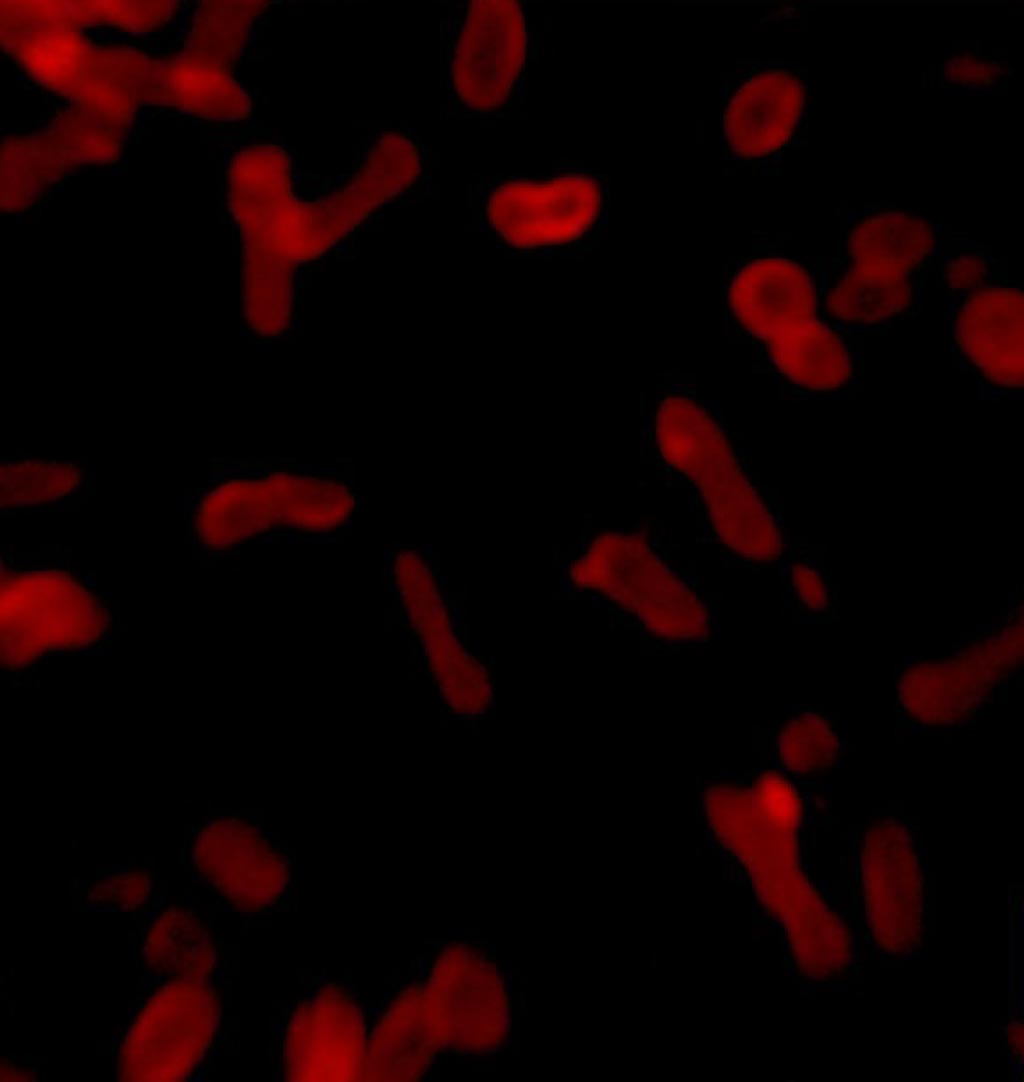Method Described for Producing Polymersomes of Different Shapes
By LabMedica International staff writers
Posted on 15 Nov 2017
A team of Australian chemists recently described a novel method for conveniently producing polymersomes of different shapes and properties.Posted on 15 Nov 2017
Polymersomes are similar to liposomes, which are vesicles formed from naturally occurring lipids. While having many of the properties of natural liposomes, polymersomes exhibit increased stability and reduced permeability. Furthermore, the use of synthetic polymers enables designers to manipulate the characteristics of the membrane and thus control permeability, release rates, stability, and other properties of the polymersome. However, exploiting the full potential of polymersomes has been hindered by a lack of versatile methods for shape control.

Image: Tubular shaped polymersomes - plastic nanoparticles that can encapsulate drugs (Photo courtesy of the University of New South Wales).
To ameliorate this situation, investigators at the University of New South Wales (Sydney, Australia) devised a supramolecular strategy to produce non-spherical polymersomes with anisotropic membranes from polymers bearing perylene aromatic side chains. Anisotropy is the property of being directionally dependent, which implies different properties in different directions, as opposed to isotropy. It can be defined as a difference, when measured along different axes, in a material's physical or mechanical properties.
The investigators showed that a range of non-spherical polymersome morphologies with anisotropic membranes could be obtained by exploiting hydrophobic directional aromatic interactions between perylene polymer units within the membrane structure.
Perylenes were chosen to provide the aromatic interactions in the system due to their strong tendency to aggregate in water, and how their aggregation behavior could easily be probed by means of UV–Vis and fluorescence spectroscopy. The key to this approach was to utilize the directional nature of aromatic supramolecular interactions in combination with their increased strength due to hydrophobicity as the self-assembled structure moved from an organic solvent (tetrahydrofuran (THF)) to water.
Results published in the November 1, 2017, online edition of the journal Nature Communications revealed that through concentration and solvent changes, it was possible to control the extent of solvation/desolvation of the aromatic perylene surfaces on the polymer, and ultimately introduce anisotropic membrane tension in the polymersome membrane structure, generating the observed ellipsoidal or tubular-shaped polymersomes. Extensive characterization of the polymersomes by means of spectroscopy and microscopy further revealed that not only did these polymersomes possess non-spherical shapes, but also unusual membrane properties.
"Our breakthrough means we can predictably make smart polymers that shift their shape according to the different conditions around them to form tiny ellipsoidal or tubular structures that can encapsulate drugs. We have preliminary evidence that these more natural-shaped plastic nanoparticles enter tumor cells more easily than spherical ones," said senior author Dr. Pall Thordarson, professor of chemistry at the University of New South Wales.
Related Links:
University of New South Wales













